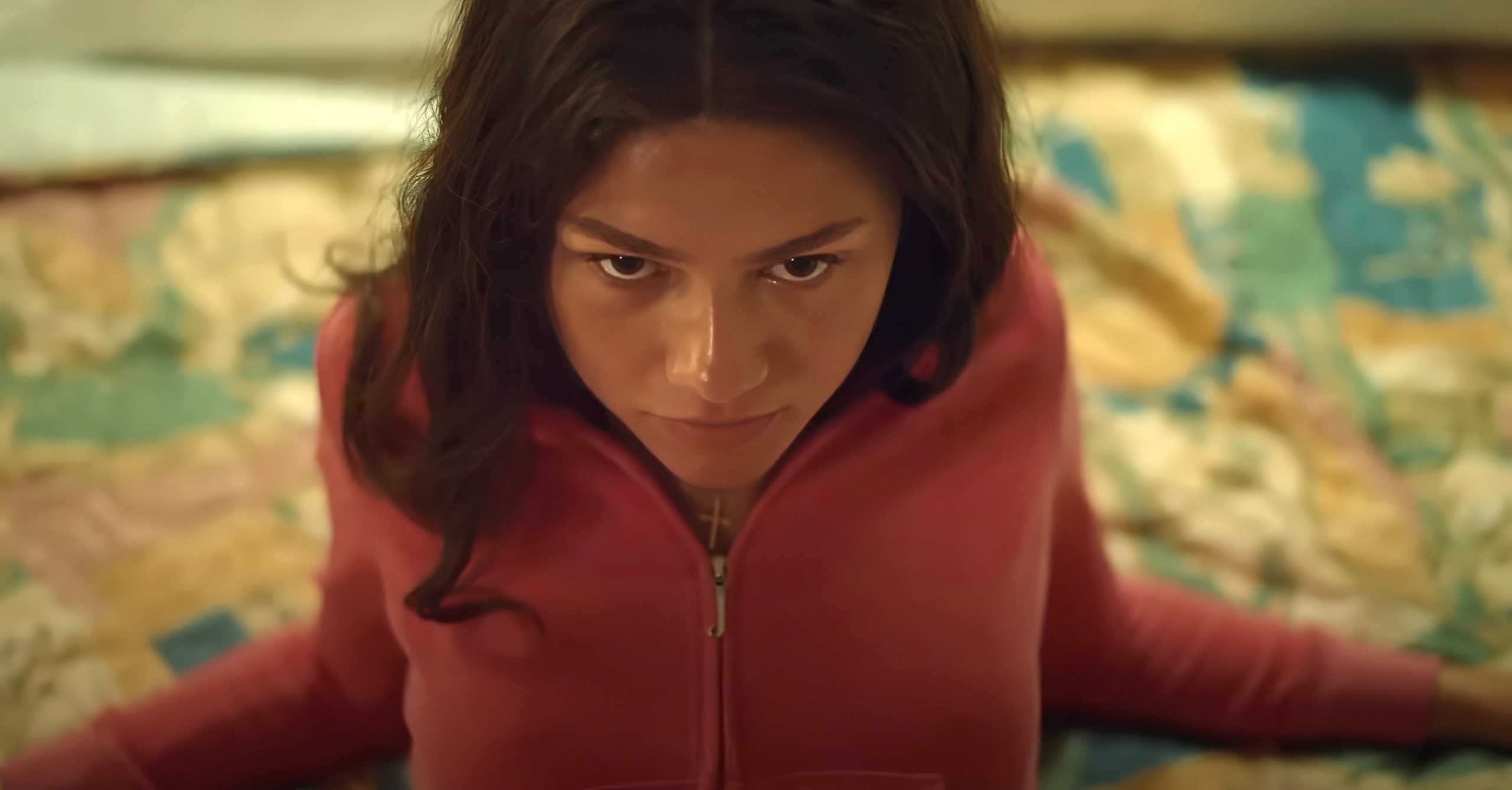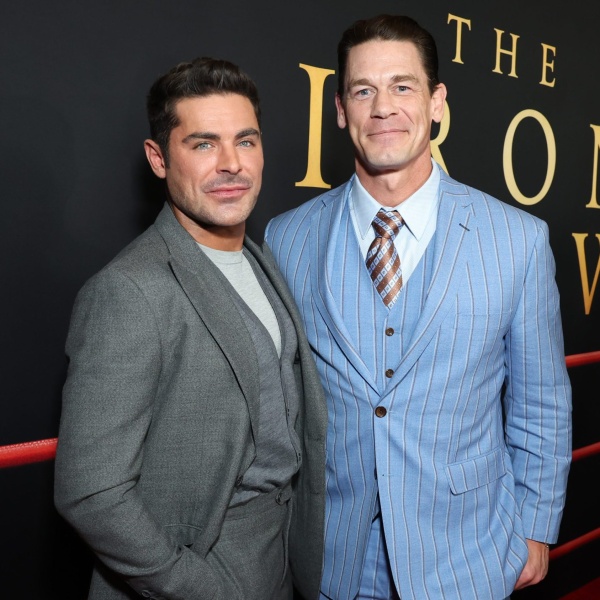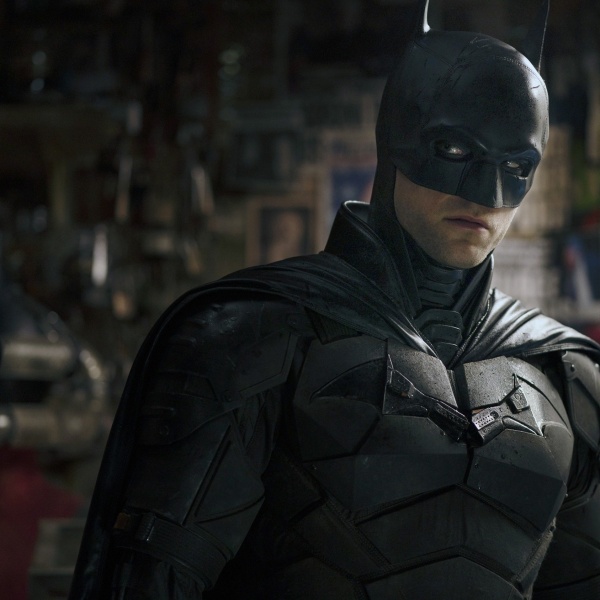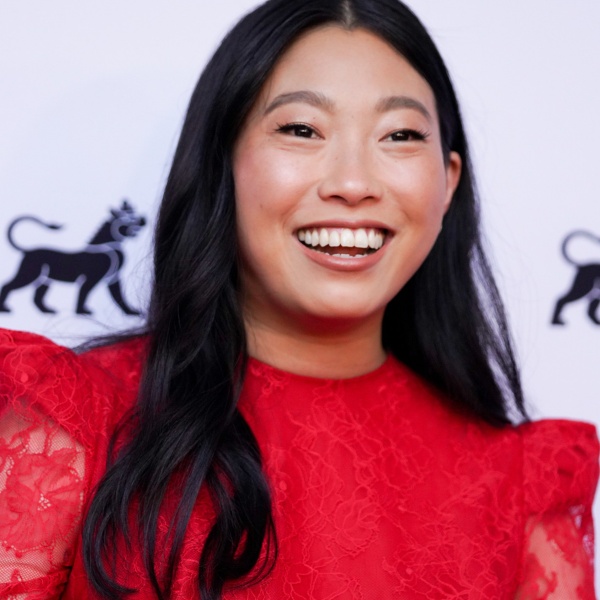You wouldn’t necessarily connect a regional tennis tournament in New Rochelle, New York, with a coven of witches at a Berlin-based dance academy who can summon Death. But they have a director in common.
Luca Guadagnino’s “Challengers” is all about the intense connection — on and off the court — between three tennis players: Tashi (Zendaya), Art (Mike Faist), and Patrick (Josh O’Connor). Much of our sense of that connection comes via the performances, but a lot of the intensity comes from Guadagnino’s filmmaking choices. The director repurposed ideas he had for his 2018 remake of “Suspiria” in order to summon the spellbinding visuals of the final match point of “Challengers.”
There’s a shot in “Suspiria” of Helena Marcos (Tilda Swinton), the grand witch of the company, lurking underneath the dance academy and grasping towards the girls when they’re in rehearsal — grasping at their vitality and virginity, according to Guadagnino. “There is this shot of her hand going up, and I wanted to see the dance scene from her perspective. So I conceived a glass dance hall to look at [the sequence] from her perspective. I didn’t manage to get that done because we had a lot of budget constraints,” Guadagino told IndieWire on the Filmmaker Toolkit podcast. “But it was in my mind forever. So I said, ‘If it wasn’t going to be dance, it’s going to be tennis.’”
“Challengers” is anchored by a regional feeder tournament for the U.S. Open, even as the film bounces back and forth to explain how all three characters got to that match and the particularities of their relationship with each other. But the tennis court on which Art and Patrick play for much of the film is completely, cinematically blown apart in the final 10 minutes of the movie. Our vision bounces back and forth at the speed and trajectory of the ball; we get right up into the pores of all three leads as sweat pours off their faces. Guadagnino places the camera in some sort of translucent pocket dimension to watch the tennis match from below.
The glass floor is maybe the most spectacular example, giving us only a partial view of the players as bodies in motion, but Guadagnino was always trying to find ways to isolate Patrick, Art, and Tashi in space. That abstractive perspective is part of what makes the tennis sequences in “Challengers” about so much more than tennis. “With the intimacy of their relationship, the entanglement of these three characters, and their psychology: that energy, that intimacy had to be brought onto the tennis court, and the camera had to witness that intimacy,” Guadagnino said.
Making the tennis sequences both epic and intimate required combining tools new and old. For the closest shots of the three leads in the match, showing us Tashi, Art, and Patrick at their highest level of intensity — which Guadagnino also uses to open the film — the director imported a camera that could capture the actors at 2,000 frames per second. “We had to fly a camera from Italy which could do that because it was an old camera, used back in the ‘70s and ‘80s for high-end commercials where they did slo-mo, but now they don’t use it anymore. We were consuming tons of kilometers of film,” Guadagnino said.

Unsurprisingly, the tennis sequences required a large amount of storyboarding and rehearsals. Guadagnino normally doesn’t incorporate those into his process but felt it was important to make sure every hit and volley had an emotional resonance that knotted the characters more tightly together. Over the 10 days it took to film the main tennis match, Guadagnino also wanted to make sure he didn’t miss anything. “I felt the precision of the script and the structure of the script needed to really be very clear and carefully encompassed in the movie. So I wanted to make sure that everything was there.”
Of course, no amount of structural switchbacks or visual trickery would help if the actors didn’t look like they could be tennis players. “I was very adamant that all of them could get that kind of muscles that are screaming on screen,” Guadagnino said. “They were really training so hard and so much was about building lean muscle and making it look like the muscles of a tennis champion, not like a bodybuilder or other kind of athlete.”
It’s the specificity of “screaming” muscles that helps make Guadagnino’s cinematic flourishes, like shooting through glass from an impossible angle, as electric as the movie’s Trent Reznor and Atticus Ross score. “I want to use [that glass floor] again. I think it’s an interesting point of view,” Guadagnino said. “Cinema brings you into every place, you know? That’s what I like about it.”




